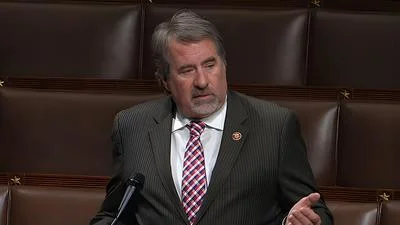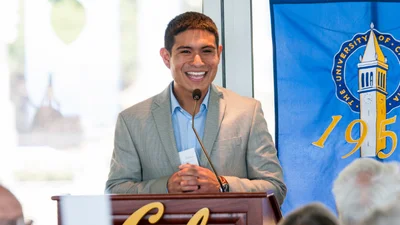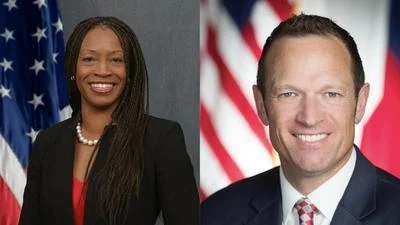The western United States is largely comprised of public lands owned and managed by the federal government. That’s true for Garfield County, Colorado, where 63% of our lands are owned and governed by the Bureau of Land Management or the U.S. Forest Service. Unfortunately, most decisions that affect local lands are made in Washington DC, far removed from where the impacts are felt, and in violation of congressional requirements that local communities should share in the decision-making.
Garfield County is blessed with abundant natural resources, and is Colorado’s leading producer of natural gas, with over 11,000 wells in production. The County lies within the Piceance Basin, estimated by the U.S. Geologic Survey to contain 66 trillion cubic feet of shale natural gas, 74 million barrels of shale oil, and 45 million barrels of natural gas liquids. Energy development on our local public lands supports the County through high-paying jobs and taxes.
But, the majority of our land is subject to federal rules imposed far from our borders. The County has engaged with the federal government for decades as a Cooperating Agency under terms that are supposed to guide federal land programs, and through federal local coordination requirements intended to help communities defend their “multiple-use” rights under the Federal Land Policy and Management Act and the National Forest Management Act.
Despite our efforts, proliferating federal programs and over-bearing federal pressure are eroding the very concept of local governance. The result is a growing divide between federal agencies and the citizens they are supposed to serve.
In 2024 alone, our County has had to push back on seven federal actions relating to the Greater Sage Grouse, oil and gas leasing, Big Game Corridors, the Old Growth Forest Amendment, the Conservation Rule, Utility-Scale Solar, and conversion of U.S. Forest Service land into a state park. Too much of our engagement involves defending against lawsuits by environmental groups aligned with the federal agencies, or against actions by the agencies themselves. We are fortunate to have enough resources to take on these engagements, but there are many counties in the West that do not.
Like many western counties, we suffer fatigue having to defend our multiple-use rights on local lands from constant federal attack. These are usually led by policymakers embedded deep in federal agencies who are not elected or accountable to the public. They operate from Washington and are insulated from the impacts their decisions have on local communities and economies.
Also like many counties, we are especially concerned over President Biden’s Executive Order intended to “conserve” at least 30 percent of U.S. lands and waters by 2030. Designation of public lands as wilderness, wilderness study areas, wildlife preserves, open space, or other conservation zones can only occur lawfully through processes that are supposed to protect local interests.
According to statutes passed by Congress, the processes require public notices and opportunities for public comment, and analysis and disclosure of the impacts of land acquisitions on the well-being, health, safety, welfare, economy, and culture of local communities. In Garfield County, none of this occurs.
As a result, our County passed a resolution to oppose the 30x30 order. We have been followed so far by similar resolutions from more than 160 counties in 16 states. We also opposed the proposed rule by the Securities and Exchange Commission to create “natural asset companies” as a new type of company on the New York Stock Exchange, which would pave the way for Wall Street investors and foreign backers to gain management control of land and resources in virtually every community in the nation.
We have taken similar actions to address other federal overreach onto our lands. This includes opposition to the federal “Conservation and Landscape Health Rule”—an attempt to insert “conservation” as a required activity under federal land programs without congressional authority.
Western counties are experiencing a relentless attack for control over our lands by unaccountable federal agencies that often do not follow their own rules. Garfield County has been able to work effectively with local federal officials on several programs relating to the Great Sage Grouse, Big Game Corridors, and oil and gas leasing. But those relationships only get us so far when the ultimate decisions are made by their bosses in Washington DC, far from our county and local federal staff.
To Westerners, federal officials seem to believe their obligation is solely to national interests. In fact, their obligation is to carry out the mandates of Congress, which in most land-use programs includes levels of local control, coordination, and cooperation that must be respected. Where agencies are acting outside the boundaries—which is increasingly almost everywhere—Congress should step in to re-set the rules.
Our citizens rely on the ability to use federal lands in their communities to support their livelihoods, and to generate taxes that help fund local services, programs, and projects. As a four-term Commissioner in a county made up of mostly public lands, I know what works best to balance local interests with national conservation goals. Policy makers in Washington need to put an emphasis on fair and transparent processes that follow the law, and meaningful local input on every federal decision that affects local communities.








